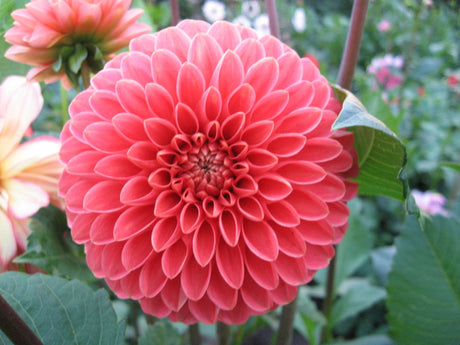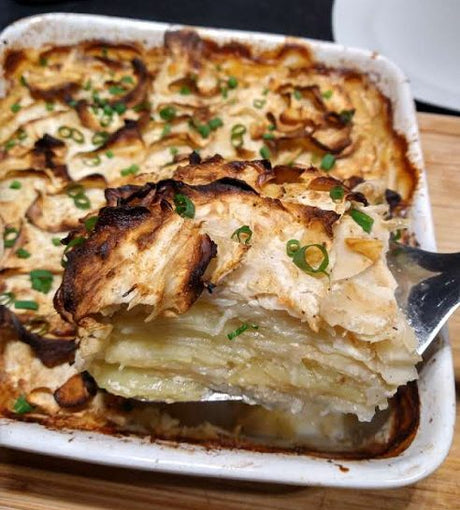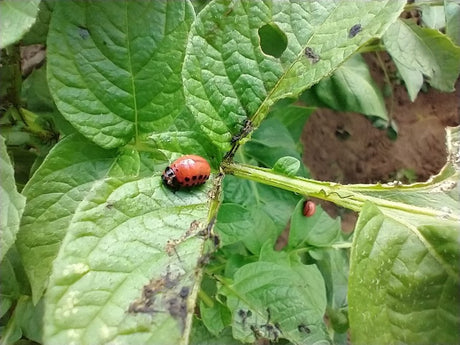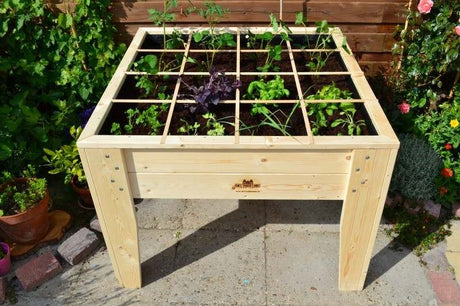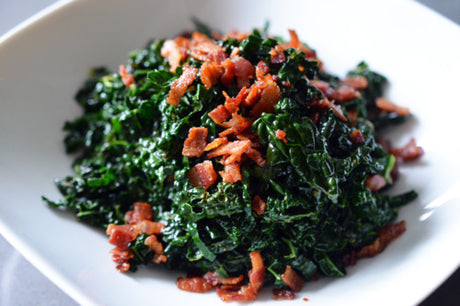Table of Contents:
Growing your own onions onions - super versatile vegetable
There is an onion for every dish and every taste. From mild to pungent, small silver onions to thick storage onions. Gardeners are given three options for growing onions. Through seed onions, for sown onions and direct sowing in open ground. I even grow them in all three ways because ... you can never have enough onions.
The right onion at the right time: my 4 favorite crops

For your onion cultivation you have to think about when you want which onions. In the spring we eat a lot more salads than soup. So bunching onions will be more interesting here than thick storage onions that can spice up a big bowl of soup with their strong flavor. Before I talk about the ways in which you can grow onions I will chronologically go over which 4 onion cultivations I want during the year:
Cultivation 1: Stem onion and under glass for harvest from May
Early Spring Onion for salads, garnishing soups, for the first peas and to flavour all my dishes. From May onwards we use those Spring Onions every day. February 10: I sow 6 to 8 Spring Onion seeds in a tray with holes of 4 to 4.5 cm which I keep indoors under grow lights. I plant the modules in my tunnel at the end of March. I want Spring Onion quickly and so I force them indoors with grow lights. You can also do the same perfectly in a garden shed or greenhouse but then it takes a bit longer. You can also buy them in Spring Onion plants in the webshop.

Crop 2: Summer onions from seed potatoes for a rich harvest for storage
March 30: Summer onion seed potatoes: Because I can use Spring Onion early in the kitchen, I take my time for my 'Plantui Zomer' cultivation. Without those Spring Onions, I would also let the onions root in trays to save some time. Since I have Spring Onions under foil or glass and I also have 'Winter seed potatoes' in my greenhouse (which go out for the peppers and paprikas at the end of May), I take all the time for this cultivation. So I plant them at the end of March, beginning of April and immediately apply an insect netting, the coarsest netting of 90 grams / m² is ideal. At the end of May I give some extra Vinassekali, potassium gives extra thick, healthy and tasty tubers. These keep until February March if you store them properly.
Cultivation 3: Sowing onions (summer) in open ground. Much more choice in seeds.
March 30: When I sow my seed onions, I also sow my seed onions in the open ground. I use a cultivator to loosen my soil to a depth of about 15 cm and spread a handful of universal organic fertilizer granules and a handful of Vinassekali and make a groove a few cm deep with a garden hoe. I want to fill half of this with sowing and cutting soil (I use coconut soil for this, nice and fine). I sow a row of onion seeds and cover again with a cm of sowing and cutting soil. This coconut soil provides a good, airy, moisture-retaining soil to germinate in. Once germinated, I apply insect netting.
Here you can see a video about how I grow my summer onions
Crop 4: Winter onions under glass - early harvest the following year
October 20: At this time, a lot of space has become available in the greenhouse or garden shed. The last cucumbers, melons and aubergines have been harvested. Some tomatoes, peppers and paprikas can still ripen further, but the space that is available, I plant winter onions in, the Messidrome and Red Arrow varieties. I sprinkle some universal organic fertilizer granules and work the soil 15 cm deep with my cultivator. I do not add compost, there is still enough organic material in my vegetable garden tunnel from the spring. 4 weeks before harvesting, I give the onions, as always, a boost by spreading some Vinassekali granules around the plants and working them in lightly with my cultivator. Try not to disturb the onions when doing this, the smell of attracting unwanted visitors in the form of the onion fly. I do not use insect netting against onion fly in my greenhouse.



